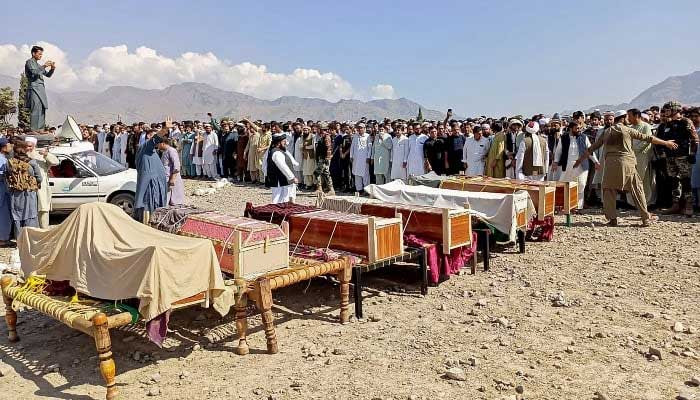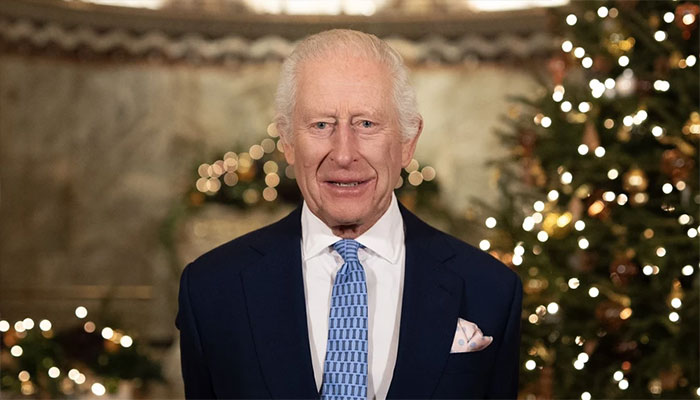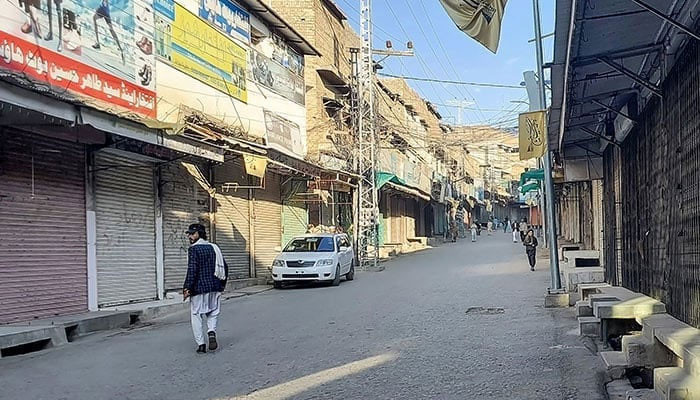US
Harking back: The reasons why Akbar moved to Lahore
字号+ Author:Smart News Source:Sports 2025-01-12 17:44:22 I want to comment(0)
A lot of historians wonder just why the Mughal emperor Akbar came to stay in Lahore for 14 years when he had his capital Delhi all geared up for royalty. Why did he have to expand the ancient city? These are very valid questions. In this column, we will put forward a few reasons, hopefully valid ones. Before the Mughal emperor Akbar took over Lahore, the fort and the ancient city were what the Mubarak Shahi (1313–1316) had constructed after numerous destructions. The period before Akbar had the walled city and the fort classified as ancient Lahore. After the arrival of the Mughal Akbar, it became known as old Lahore. Modern Lahore lies outside this dwelling. Why did Akbar stay here and undertake a massive expansion of this ancient city, which dates back almost 4,500 years, if we are to believe archaeological findings by a British-led expedition? Let us dwell on Akbar and the threats he faced. Born to Humayun, son of Babur the Mughal, Akbar was born in Umerkot in Sindh in 1543 while his father was in exile. Umerkot still has some exceptional Hindu temples. In 1947, even though Umerkot remained a Hindu-majority district, its Raja Arjan Singh opted for Pakistan because of his love for Sindh. At the age of 14, Akbar was propelled to kingship as his father had died. Until he reached 18 years of age, his mentor Bairam Khan helped him rule. In 1560, Akbar suddenly called Bairam Khan and informed him that he had been dismissed and was to go to Mecca and live there. Bairam resisted and rebelled, but at a battle in Jalandhar, he was defeated. Akbar ensured he went to Mecca, but on the way, an Afghan murdered him. He was buried at the shrine of Imam Reza in Mashhad, Iran. Once in power, Akbar discovered that across the subcontinent, the mainly Rajput rulers opposed him. The list of battles with Rajputs is a very long one. Let us mention just a few major ones. As Akbar headed to Rajputana, he realised that almost every Rajput clan opposed him. He admired their valour and, as a policy, tried to win all of them over. In 1562, he faced Raja Behari Mal of Jaipur, who had a huge, fierce army. Akbar offered to marry a family lady and, in return, amply rewarded him. In 1564, the Rajput kingdom of Katanga—now Bhopal—under Empress Durgavati opposed him. Upon being defeated, she and many others committed jauhar, the Rajput tradition of self-immolation to save self-respect. However, the fiery ruler of Mewar refused to accept Mughal rule. After Rana Sanga’s death, Akbar surrounded the fort of Chittor in October 1567. For four months, the Rajput warriors resisted. Once their leaders were killed by arrows, the entire garrison attacked the Mughals. None surrendered and were killed, swords in hand. All their women committed jauhar. It was clear to the Mughal army commanders that if the Rajputs of Punjab fought back, resistance would be difficult. The deeds of other Rajputs had started to become part of local folklore. The largest collection was the Bhatti Rajputs around Lahore, stretching up to the Potohar region. Here, Akbar enforced a heavy land tax, which saw rural farmers rise up. The fear of the Rajput Bhatti of Punjab made Akbar move to Lahore, which was, ironically, in the middle of a famine. This was a dangerous situation, and Ain-e-Akbari tells us that the emperor’s advisers agreed to use free labour in return for free food to make bricks and build an expanded fort and walled city. One research tells us that 25,000 people worked on this project for three years. Once the famine receded, the labourers started to leave. But the countryside was reeking with discontent over the excessive land taxes. The famous Dulla Bhatti led many horsemen to rob from the rich to distribute to the starving poor. Eventually, Akbar called him over for a peaceful solution. Once there in the fort, Dulla was skinned alive and hung from the fort gate. It was treachery at its peak. This was the true face of the Mughals. The expansion of the walled city took two forms. To the west, the old wall was demolished, and a new one was built along the current western edge. This space was called Bhati Gate after the Bhatti Rajputs. Even today, though Afghan and Kashmiri influence is overwhelming, the families of those Rajputs still live there. To the east, the walls to the west of the current Shahalami Bazaar were knocked down and the new wall built eastwards to accommodate the Qizilbash horsemen and traders who quickly set up wholesale shops. The northern wall was similarly demolished and rebuilt, except for the southern ancient wall. From a military point of view, the Qizilbash horsemen were brought in to counter the tribal warriors around Peshawar and the Punjabi Rajput horsemen of the countryside. So, to the west, we had the Bhatti Rajputs inhabiting Bhati Gate, while to the east, the Cossack Qizilbash settled inside Mochi Gate. To this day, the expanded walled city tells the tale of defence strategies and exploitative labour systems. Once Akbar had consolidated himself and the threat to his fast-expanding empire had been met, he returned to Delhi to complete his 59-year reign. His expansion of Lahore and his contribution in consolidating Mughal rule helped his son Shah Jehan and right up to Aurangzeb keep on contributing to the beauty of the ancient Lahore. To this day there have been ups and downs in the heritage value of the walled city. Sadly, now the emphasis is on saving, conserving and partially rebuilding damaged portions of the fort and a few such monuments. The old city itself continues to fall apart. The biggest example are the surrounding walls, those bricks have all been stolen. It’s a policy of part restoration while the larger picture just does not matter.
1.This site adheres to industry standards, and any reposted articles will clearly indicate the author and source;
 Related Articles
Related Articles-
Justice Mandokhail questions army officers' expertise in awarding death sentences
2025-01-12 17:32
-
مشرقی امریکہ میں برفانی طوفان سے تباہی، 5 افراد ہلاک، سفر متاثر
2025-01-12 16:57
-
شمالی تبت کے شِگاٹسے میں 6.8 شدت کا زلزلہ آیا: چین کا زلزلہ مرکز
2025-01-12 16:49
-
ٹرمپ اپنی صدارتی افتتاحی تقریب کے بعد تک خاموش رقم کے معاملے میں سزا میں تاخیر چاہتے ہیں۔
2025-01-12 16:13
 User Reviews
User Reviews Recommended Reads
Recommended Reads Hot Information
Hot Information- Empowering girls through education key to lifting nations: PM Shehbaz
- جنوبی کوریائی تفتیش کاروں نے یون کی گرفتاری کے لیے نئی وارنٹ کی درخواست کی ہے۔
- مشرقی امریکہ میں برفانی طوفان سے تباہی، 5 افراد ہلاک، سفر متاثر
- چین کے تبت میں زلزلے سے 95 افراد ہلاک، نیپال اور بھارت میں لرزش محسوس کی گئی۔
- Biden works to safeguard Trump-proof agenda as term nears end
- میٹا نے UFC کے سربراہ اور ٹرمپ کے حلیف ڈانا وائٹ کو بورڈ میں شامل کر لیا ہے۔
- شمالی تبت کے شِگاٹسے میں 6.8 شدت کا زلزلہ آیا: چین کا زلزلہ مرکز
- امریکی کانگریس نے کیپٹل ہل پر حملے کے چار سال بعد ٹرمپ کی جیت کی توثیق کر دی
- Aleema vows to knock on int'l bodies doors over cases against Imran Khan
 Abont US
Abont US
Follow our WhatasApp account to stay updated with the latest exciting content













